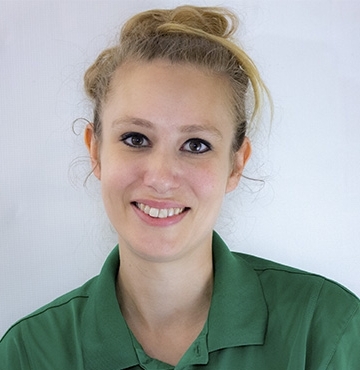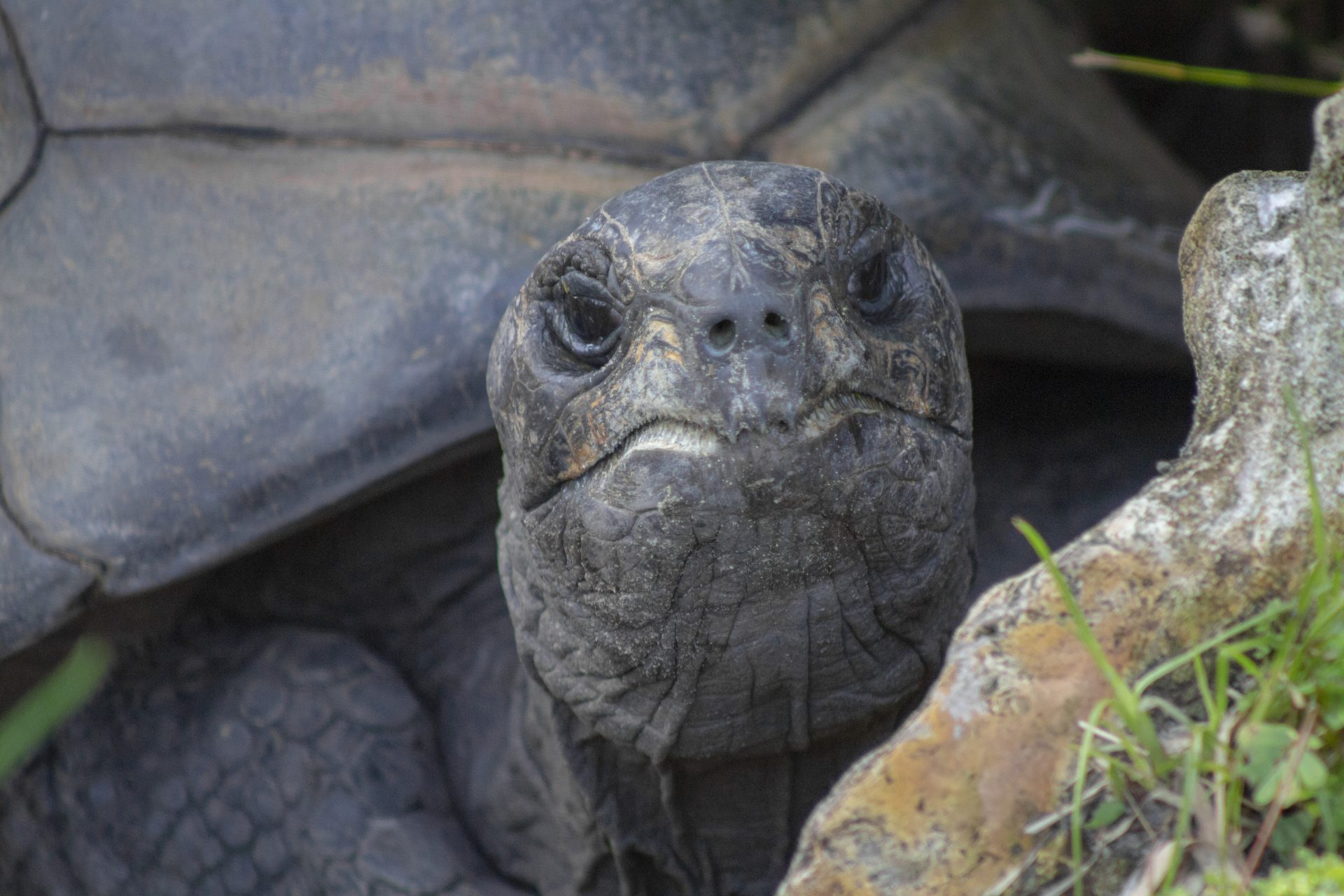
Aldabra tortoises have a similar role to elephants in their habitats. These tortoises are the largest consumer of vegetation, and will often knock over small trees in search for food. They help shape the habitat, creating small pathways and clearings for other animals.
The Aldabra tortoise is the only remaining tortoise in the small islands of the Indian Ocean. Tortoises were a major food source for sailors in the 19th century. Introduced pest species, such as rats, pigs, and cats, also decimated the native tortoises, preying upon eggs and hatchlings. Charles Darwin helped establish a captive breeding program for the Aldabra tortoise on the island of Mauritius, and protected some of the remaining natural habitat. Thus, the Aldabra tortoise is one of the first species to receive special protection to ensure its survival.

This Aldabra tortoise is the second largest species of tortoise in the world, second to the Galapagos tortoise.

Andrea
These tortoises have extremely long necks in order to help reach leaves on branches up to 3 or 4 feet high. These tortoises may even knock over small trees and shrubs.
The Seychelles Atoll
Grasslands, scrublands, coastal dunes, mangrove swamps
Females: up to 250 pounds, Males: 500+ pounds | 3+ feet long
Grass, plant materials, carrion
Small carnivorous mammals
Thick shell
10–25 eggs per clutch
Vulnerable
100+ years
